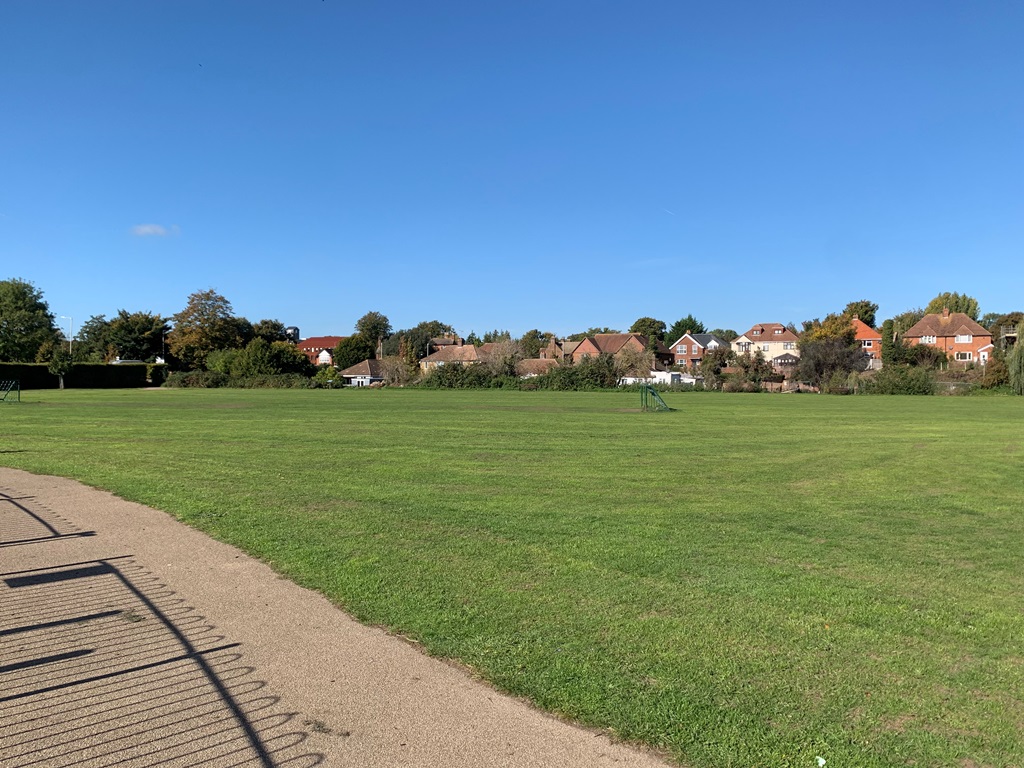Open Space Strategy

This consultation asked for views on our draft Open Space Strategy and Assessment Report.
Open spaces provide a number of benefits, including:
- health
- wellbeing
- cultural heritage
- landscape
- education
- climate change mitigation
- biodiversity
- movement for people and wildlife
Open spaces are divided into 10 different types as follows:
Parks and gardens
Urban parks and formal gardens, open to the general public. Accessible, high quality opportunities for informal recreation and community events.
Natural and semi-natural greenspaces
Supports wildlife conservation, biodiversity and environmental education and awareness.
Amenity greenspace
Opportunities for informal activities close to home or work or enhancement of the appearance of residential or other areas.
Provision for children and young people
Areas designed primarily for play and social interaction involving children and young people.
Allotments
Opportunities to grow own produce. Added benefits include the long term promotion of sustainable living, health and social inclusion.
Cemeteries, churchyards and other burial grounds
Provides burial space but is considered to provide a place of quiet contemplation and is often linked to the promotion of wildlife conservation and biodiversity.
Civic space
Provides a setting for civic buildings, public gatherings and community events.
Green corridors
Routes providing walking, cycling or horse riding, whether for leisure purposes or travel. May also offer opportunities for wildlife mitigation.
Coastal areas
Areas of land and foreshores adjoining or near to the sea.
Outdoor sports
Publicly accessible grassed areas marked for pitch sports.
The aim of the strategy is to shape our approach to future provision of accessible, high quality and sustainable open spaces across the Canterbury district. It includes aims and objectives to inform our priorities to help address current and future needs.
Have your say
The consultation closed on Monday 16 January.
All the feedback we receive will be reported to councillors later in 2023 who will decide whether to make any changes to the draft strategy before it is adopted.
Published: 24 October 2022